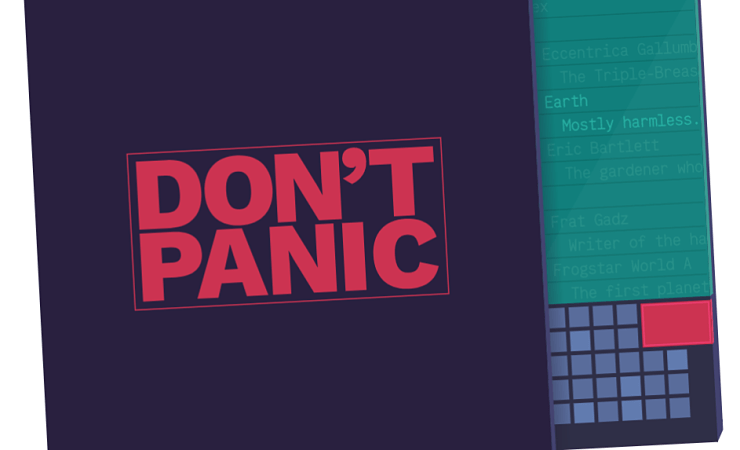No One Can Ensure Total Safety… We Must Fight Pandemic of FEAR

Just about 12 months ago, the Sunday Express first approached me to comment on a mystery virus that was reported to be infecting people in Wuhan in China. At the time I was contemplating my approaching 70th birthday. How could I run down my professional commitments and spend more time with my garden and my small grandchildren? How our dreams get dashed! At the beginning of 2020 UK scientific advisers were confident that the Chinese government would control this virus. They had done a good job with SARS in 2003 and we thought the new coronavirus would be as easy to manage.
Unfortunately it was not. SARS is only infectious when it is very obvious and symptoms appear. COVID-19 is infectious before symptoms emerge.
When compared with SARS, it does not usually require hospital treatment or result in death. About 3 percent of SARS patients died, while COVID-19 is fatal in less than 1 percent of cases.
The scale of infection without symptoms or with only mild symptoms – the World Health Organization estimates that this is at least 80 percent of cases – meant COVID-19 was well-established and circulating before anyone could get a grip on it.
As we have discovered, pandemics challenge a whole society, not just its health services or its scientists. One of the things we have struggled with most is understanding that the response needs to be similarly broad.
A classic sociological study of pandemics was published in 1990. The author, PM Strong from the London School of Hygiene and Tropical Medicine, was researching the management of the HIV/AIDS pandemic during the 1980s.
He compared this to other pandemics going right back to the Black Death in the 14th century. He found that every bacterial or viral invasion was accompanied by three societal pandemics: of fear, suspicion and stigmatization; of explanation and moralization; and of action.
The pandemic of fear was a rational response to a new disease which might be an existential threat to humanity: the Black Death probably killed 30 to 50 per cent of the population of Europe.
When COVID-19 first appeared, no-one knew what kind of a threat it might be.
The only thing to do was try to freeze its transmission by isolating people from each other as far as possible. That isolation encouraged a climate of suspicion and fear which led to the stigmatization of individuals and groups who were not following “the rules.”
The pandemic of explanation tried to make sense of this unexpected disruption to people’s lives. Where had this disease come from? Why here? Why now?
Some of this competition went on among scientists, as we might expect.
However, other groups became involved: was the crossover of an animal virus to humans revenge for the pressures we were placing on wild spaces, for example?
The pandemic of action was the demand that “something must be done,” even if there was no evidence it would actually work.
Governments were faced with an unprecedented challenge, with populations demanding protection from it, preferably at minimum cost and inconvenience.
The result has been a rash of unco-ordinated measures that have lacked credibility but have allowed governments to be seen to respond. All three of these societal pandemics have ripped through the developed world over the past 12 months.
But they have not been brought under control, as Strong predicted.
Previous pandemics became matters of government routine.
When bubonic plague returned in centuries after the Black Death, officials took a manual off the shelf, lined up quarantines, body collectors and mass graves – and everyday life continued.
It was an inconvenience rather than a catastrophe.
Why hasn’t this happened with COVID-19? With this pandemic fear amplification has been policy, based on the advice of a particular group of behavioral scientists advising government. And fear is spread through social media and the images on our TV screens.
No-one should make light of the suffering that has come with COVID-19. But this cannot be a basis for public policy.
No-one can make all human lives completely safe. The zero-COVID agenda presents a fantasy of immortality that more reflective medics know is impossible. As vaccination rolls out and treatments improve, the risk of serious illness or death is falling rapidly.
We can live with a new endemic infection, but this will only happen if we fight the fear and recognize that the pictures on our screens do not represent the mass experience of COVID-19, now and in the years to come.
Robert Dingwall is professor of sociology at Nottingham Trent University and a member of several government advisory groups. He is writing in a personal capacity.
First published in the Sunday Express January 17, 2021
































































































